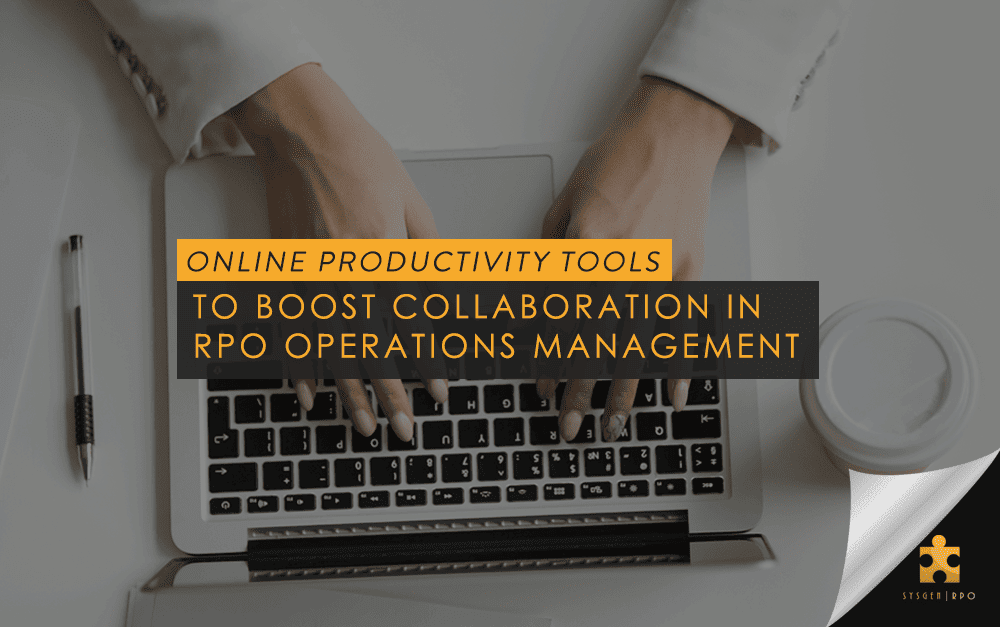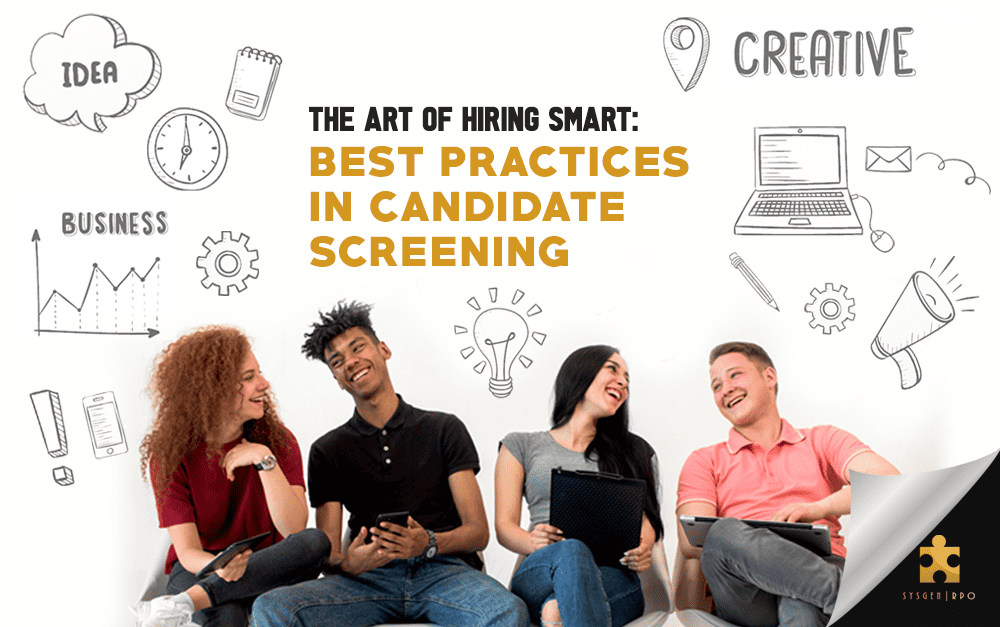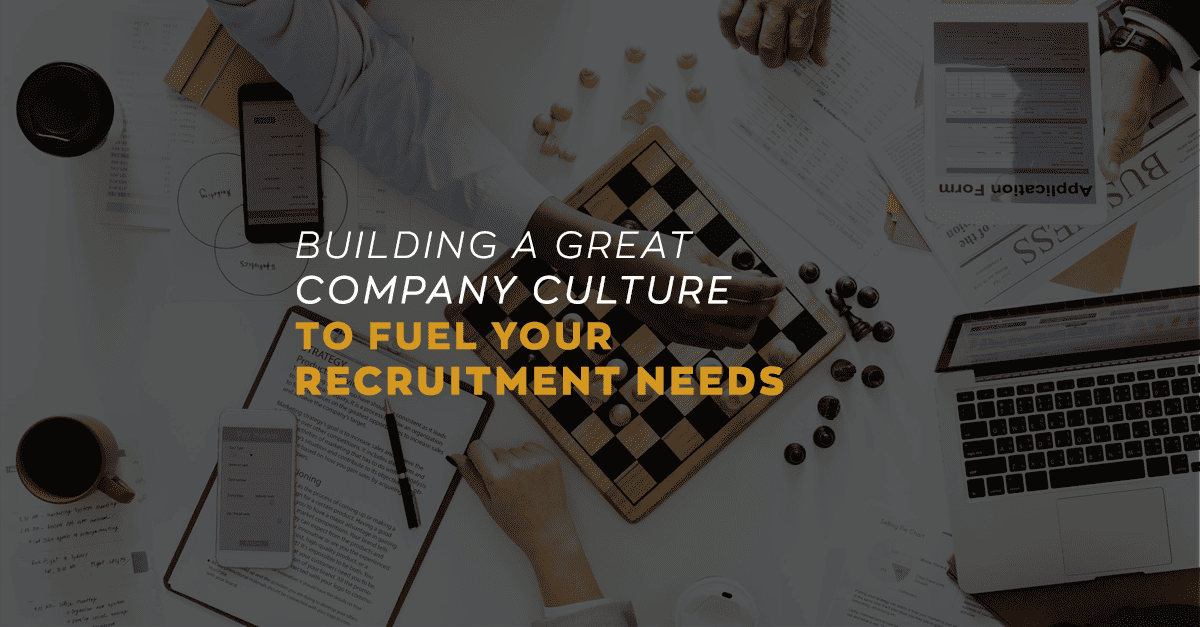For companies dealing with a high volume of applicants and an even higher pressure to fill in essential vacancies quickly, the advent of digital technology has made it easier for the recruitment team to manage the recruitment process.
However, as digital technology has grown in sophistication over the past decade, so has the complication and miscommunication for the job applicant. There has been an ongoing disconnect between recruiter convenience and satisfactory candidate experience over the past few years.
Considering the candidate experience
In the digital age, everyone can be a critic or an advocate for your brand. The Internet has given voice to applicants who want to share their experience with your organization.
It is crucial for employers to understand that the power of candidate feedback and reviews can make or break your brand. For example, recognizing the importance of positive reviews on job boards such as Jobstreet and Glassdoor or being listed as some of the best places to work on social networking sites will inevitably boost your employer brand.
In the long run, these positive reviews will have a trickle-down effect on job boards and social media platforms like Facebook, Twitter, and LinkedIn. Just think about how stories, whether positive or negative, travels fast within your industry.
An applicant who had a terrible experience with your recruitment process will most likely relay them to their colleagues. A candidate may be excited to try out an opportunity with your company. However, when they hear about a colleague’s bad experience with your organization, it may have an impact on the candidate’s perception of your company.
A bad candidate experience will have a tendency to hinder talent attraction, especially in today’s talent-driven market. This is why it is critical for companies to develop and refine their recruitment process. It will eventually create a positive candidate experience for applicants.
Besides work, salary, and company culture, candidates evaluate opportunities based on how they have been treated during the hiring process. A positive candidate experience is a key advantage in today’s competitive market.
According to the HR Specialist’s Career Builder report, here are several questions you need to ask to re-evaluate your organization’s hiring process:
A. Do you have a quick application process for every device?
Applications that take too long in certain instances when the applicant uploads a resume but still have to fill out the application fields manually are said to be the most frustrating part of the application process.
B. Do you prepare hiring managers?
The HR Specialist noted that on average, only two out of five HR recruiters are prepped by their employers to help handle and manage the applicant’s candidate experience.
C. How useful is your career site?
According to the HR Specialist’s report, around 89% of job seekers believe that an employer’s career site is important to getting company information. However, the report also showed that around a quarter of employers (24%) have admitted that their career site does not portray what it’s like to actually work in their company.
D. Do you tailor communication methods to specific segments?
The HR Specialist reported that 57% of Millennials prefer email communication over phone calls and 58% of Baby Boomers significantly prefer phone calls. Meanwhile, Gen Xers can go either way.
E. How long do background checks take?
Since the candidates are also applying for other jobs in the industry, it is essential to keep in mind that recruiters should maintain constant communication with potential candidates while the background checks are ongoing. The HR Specialist noted that 60% of job candidates continue communicating and interviewing with other companies while waiting on the results of the background checks.
F. Do you have a method to track candidates?
The HR Specialist’s Career Builder report showed that organizations that use an applicant tracking system are 25% more likely to have a more standardized process that will help deliver a consistent and compelling candidate experience.
G. Do you inform candidates where they stand?
More than half of job seekers mentioned that employers don’t do an adequate job when it comes to explaining the hiring process thoroughly. The HR Specialist’s report showed that 81% of job seekers have agreed that receiving status updates from employers will significantly improve their experience.
H. Do you stay connected once candidates accept the job?
The Career Builder report from the HR Specialist noted that less than half of employers (47%) have a formal process for communicating with candidates between their job offer and onboarding start date. Thus, 40% of candidates who have accepted the job vacancy find this incredibly frustrating.
I. Do you pay attention to how your employer brand is portrayed on social media?
The candidate-driven market has given job seekers a lot of options nowadays. They are starting to realize that a negative portrayal of the company’s employer brand on social media is now a red flag. Still, the HR Specialist’s report showed that 60% of employers admit that they don’t monitor their employer brand on social media. While for those who do so, only 16% react and respond to negative information.
Rethinking your company’s candidate experience
Improving candidate experience does not require substantial capital investment from the company. Improvements can be made through simple changes in the way candidates are viewed and treated.
There is a Golden Rule to follow to keep the candidates satisfied, and that is – to treat job seekers the way you would want to be treated or the way you would want your loved ones to be treated. Remember that by merely treating candidates in a respectful, professional and honest manner, everything about the whole hiring process will be more efficient and effective.
To help you get started, here are several industry best practices for candidate experience from Lever, a Talent Acquisition software company:
BEST PRACTICE 1: Personalize your candidate sourcing process.
A lot of recruiting emails from employers are not personalized at all. Your job applicants can detect through your recruiter’s generic email templates and social media messages. Distinguish your brand from your competitors by adding personalized details on your messages to potential candidates.
Adding a personal touch to your recruitment efforts will help you start building a good relationship with potential candidates. It will eventually make them more invested in pursuing the job vacancy with your company.
BEST PRACTICE 2: Ensure that the job application process is a breeze.
Every step of your company’s hiring procedure up to the signing of the job offer should be a seamless process. A study reported by the Society for Human Resource Management (SHRM) mentioned that 60% of job seekers quit in the middle of the application process because of its length and complexity. You can avoid this occurrence by taking the necessary steps to ensure that your hiring process is as simple as it can be.
BEST PRACTICE 3: Set clear expectations regarding the job vacancy during the interview.
Jobvite’s 2018 Job Seeker Study mentioned that 43% of job seekers had left their job within the first 90 days of starting because their day-to-day role was not what they expected. Recruiters need to portray a realistic picture of what candidates can expect from the job they are applying for.
Setting expectations about the job vacancy are usually done from the start of the hiring process with the job description on the company’s career site. It extends until the interview process when the recruiters would explain the salient details of the job vacancy and the skills needed to fill the role.
BEST PRACTICE 4: Close the loop with the candidates and don’t leave them hanging on whether they got the job or not.
Always remember to send rejection letters or emails to candidates who didn’t make the cut. Failure to do so may be detrimental to your employer brand. Some candidates may not even consider applying for your company again in the future.
It’s very tedious for applicants to follow up on the status of their application with your company. A Candidate Experience Study showed that 80% of job seekers said that they would be discouraged to re-apply to companies that failed to notify them of their application status.
BEST PRACTICE 5: Follow up in a timely and well-structured manner.
To avoid the complications of miscommunication with a job candidate, make sure that your Human Resources team has a single contact person for each applicant. It can either be the recruiter or the hiring manager. A candidate needs a point person that will guide them throughout the hiring process to ensure that all follow-ups and queries from their end are answered promptly.
BEST PRACTICE 6: Bridge the gap between the job offer acceptance to the onboarding process.
There is often a gap from the point when a candidate has finally signed their job offer letter to the moment they show up on their first day of work. Make sure that the candidate is hyped up to start working with you by emailing them some company information to make them excited on their first day. You can even make several digital team introductions or also send some company swag to get them pumped and thrilled to the days leading up to when they get onboard.
BEST PRACTICE 7: Create a positive onboarding experience.
Employees that had a great onboarding experience would generally hold their new company in high regard. However, keep in mind that the onboarding process begins before the candidate’s first day in the company.
It begins when the applicant starts negotiating with things like job offers, salaries and benefits, new hire paperwork, and training. Make sure that the candidate has everything they need before they start their first day at work. It will help the new hires integrate with the internal processes of the company more easily so they can hit the ground running on their new job.
Are you ready to make improvements to your organization’s candidate experience?
Sysgen RPO is here to help your company provide a great candidate experience for your applicants with our full cycle recruitment process. We use the latest recruitment technologies to provide your organization with a competitive staffing advantage in the industry.
References:
Dewar, J. (2019). 8 Candidate Experience and Employee Engagement Best Practices. Lever.co. Retrieved 9 April 2019, from https://www.lever.co/blog/candidate-experience-and-employee-engagement-best-practices
Finn, A. (2017). Reputation management 101: consider candidate experience. Strategic HR Review, 16(5), 239–240.doi:10.1108/shr-07-2017-0044
Kalman, F. (2013). Humanize the Online Application Experience. Talent Management, 9(4), 24–27. Retrieved from http://search.ebscohost.com.ezproxy.upd.edu.ph/login.aspx?direct=true&db=bsu&AN=86705563&site=ehost-live
Rethink your candidate experience: 9 questions. (2017). HR Specialist, 15(8), 1–2. Retrieved from http://search.ebscohost.com.ezproxy.upd.edu.ph/login.aspx?direct=true&db=bsu&AN=124363592&site=ehost-live



















